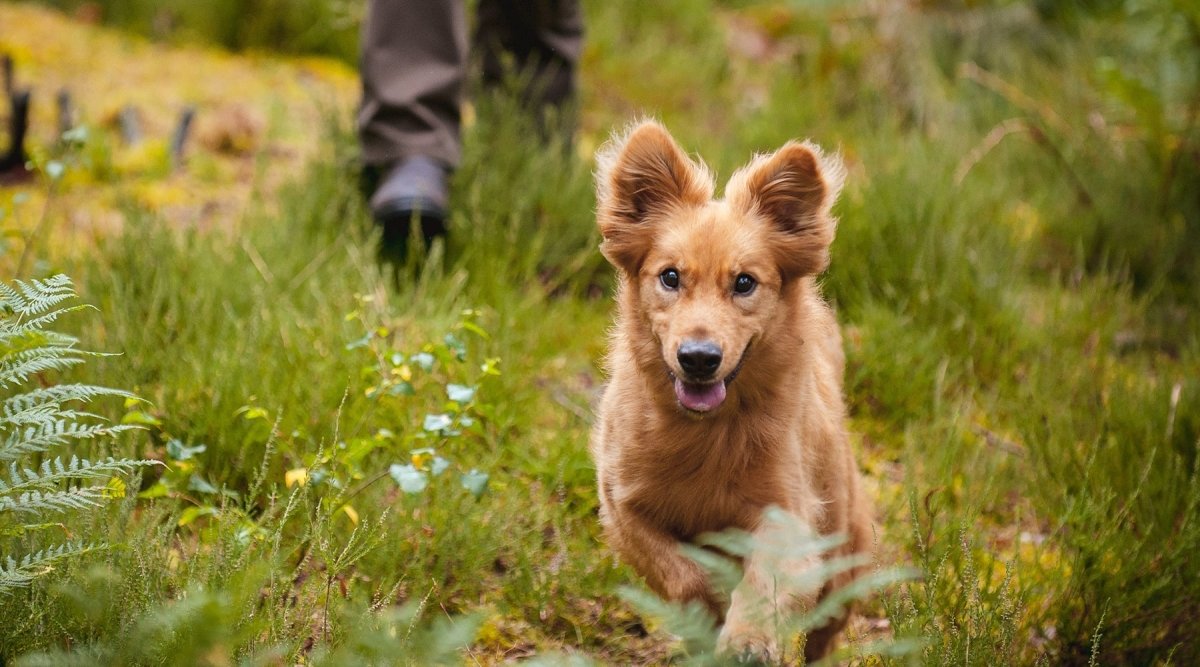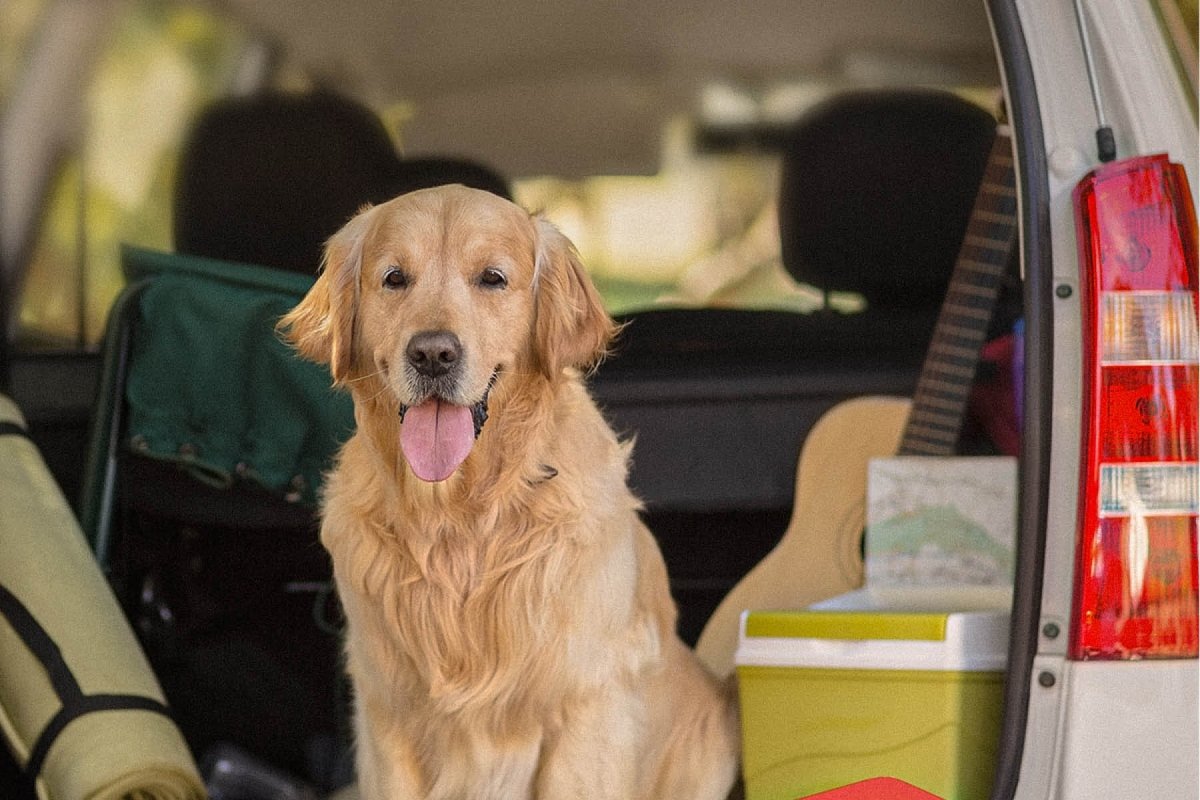Awns like to cling to dogs and owners when walking through cornfields. Unfortunately, the small plant parts are not as harmless as they look and can cause inflammation in your four-legged friend. In today's interview, our vet Philipp Schledorn explains what you can do to recognize awns early and avoid the unpleasant consequences for your dog.
AniForte®: What exactly are awns?
Veterinarian: Awns are useful helpers of nature, because they are the carriers of plant seeds. With their fine hairs, which are covered with barbs, they easily attach themselves to the fur of dogs or wild animals. This is how their seeds are transported from one place to another. This ensures that the plants can spread in the surrounding area. Barley has particularly long awns, followed by rye.
AniForte®: Can dogs eat the awns that grow in their fur? fur simply shake them off?
Vet: Unfortunately, no. That's the real problem. Normally the dog shakes off all the plant parts that bother him. With awns, the opposite happens, as they are firmly attached with their barbs. So the more the dog shakes itself, the deeper the awns get into the long coat.
AniForte®: On which parts of the dog's body do you often find awns after a walk?
Vet: It is best to search the whole dog after a walk in or near a field. Especially if he shakes or scratches himself a lot afterwards - these are typical signs of awns. Particular attention should be paid to the area between the toes, the earsthe eyes, the nose and the rump. These areas can easily become infected if the bristly plant parts are not removed. As a result, dogs can develop abscesses there, which must be treated by a vet.
AniForte®: How do I recognize an inflammation if I have overlooked a burr?
Vet: If a lump has become lodged in the nose, the dog will sniff and sneeze more frequently after a walk. Sometimes you can also hear a nasal breathing noise can also be observed. Awns are extremely dangerous in the respiratory tract as they can migrate into the lungs.
In the eye, awns often hide behind the third eyelid. Increased eye discharge can then be observed, which is initially white and can later turn yellow if a purulent inflammation has already occurred. The dog then scratches its eye with its paws, shakes itself and scrubs its head over the floor in the hope of getting rid of the grit. Unfortunately, this only makes it worse - and as a pet owner you should act immediately.
AniForte®: What symptoms does the four-legged friend show when a lump has become lodged in the area between the toes or in the ear?
Vet: Serious injuries can occur in thearea between the toes. Initially you can recognize a burr there by the fact that the dog licks itself and limps when walking. Sometimes affected animals also become lame. The inflamed area is reddened and swollen.
If a burr is stuck in the ear, the dog will scratch at it noticeably often and shake its head. However, this will cause the lump to move further into the ear canal, which can develop into a painful inflammation. The barbs of the burr are particularly dangerous if they pierce the eardrum and cause serious damage to the inner ear. This is why you should have a burr removed from your ear as quickly as possible. Under no circumstances should you try to remove the burr with cotton buds. This will only push it deeper into the ear.
AniForte®: What do you recommend in such a case? Can I remove a lump from my dog myself?
Vet: That depends. In principle, awns can be easily removed with human hands. However, if the burr is already deeply ingrained or the affected area is inflamed, you should consult a vet or veterinary practitioner as soon as possible.
We regularly have patients with awns in our practice. In most cases, the animals can be helped with inflammation in such a way that they do not suffer any permanent damage later on. We have a video of three different operations on dogs suffering from awns in my practice . video which also contains a lot more information on the subject.

AniForte®: What can be done preventively to spare your dog the possible consequences of awns?
Vet: Firstly, it is advisable to avoid cornfields. Although awns are good for the plants, they can be dangerous for dogs, as just described. If you don't want to miss out on a walk in the field, it's a must to check your dog's coat for awns afterwards. If you also know the symptoms, you can react accordingly in the event of conspicuous scratching and shaking - and go in search of a hidden burr yourself or visit your trusted vet or veterinary practitioner. So feel free to share the tips on awns with other animal friends!
AniForte®: Thank you very much for the informative interview.
Vet: Thank you for having me. I wish all readers and their dogs a wonderful, awn-free summer!




